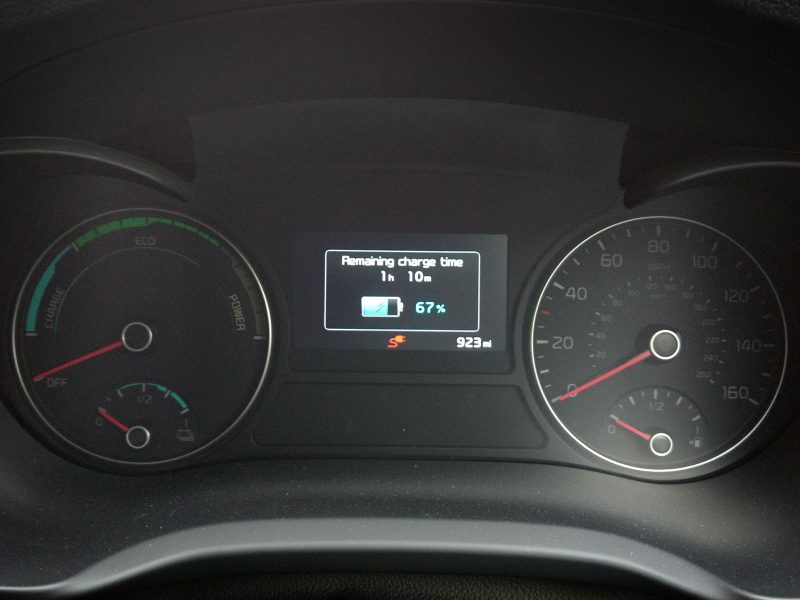Since having Optima Prime on long term test, it’s purpose has been – quite simply – to replace my daily driver. And it has done this remarkably well. To date, I’ve not yet had to visit the petrol forecourt to fill her up, thanks to its highly usable 30-mile range. While other plug-in hybrids fib about their range, thanks to bizarre NEDC test results, I feel sorry for Kia who’s NEDC electric range for the Optima PHEV is uncannily accurate.
It’s a small wonder other manufacturers are able to get away with this, while Kia happily accepts what the NEDC verdict says and gets on with things.
Nonetheless, I’m keen to point out that my average weekly journeys may not be quite as ‘average’ as most, with a low mileage of just 12-miles per day.
Needless to say, some longer journeys are in order and – thankfully – I’m pleased to report that the Kia hasn’t disappointed in this regard either.
First of all, a 100-mile round trip up the M1 at motorway speed to Milton Keynes and back via Bedford and the A1 before heading along the old A1 through Hitchin and Codicote.
Starting off with the average fuel consumption reading a healthy 99.9mpg – still my pet hate that it doesn’t read higher than this – and leaving with only 23-miles electric range (not a full battery) I arrived in Milton Keynes having put the car into HEV mode when setting off. Having parked and turned the car off, a brief display appears on the dash to tell me the route summary, including fuel economy for that particular journey. The result? 46.7mpg – not too bad considering this is a large and heavy car with a 2.0-litre four-pot powering it along. The other upside of this, was the electric range that I set off with had been saved, rather than used up. Using it up would have been more fuel efficient, but you’d be surprised at how frequently the EV light on the dash flickers on, even when in HEV mode.
Having finished my meeting, I headed home via the A1. Having returned home the scenic route, including some town driving through Hitchin and villages like Codicote, the readout this time read 100-miles and 51.9mpg. This was, of course, a total including the journey to Milton Keynes, not some strange 100-mile detour to get home.
So, 51.9mpg in HEV mode and it still have 67% battery remaining, as it hadn’t dipped into it much, if at all. Having watched the powertrain graphic like a hawk too, I suspect it could have been better, as the petrol engine was frequently used to top-up the battery to maintain its charge and, as we all know, paying petrol prices for electricity doesn’t make a whole lot of sense.
My conclusion therefore, is that the Kia lacks any sort of e-Save mode that can be activated or deactivated. It would have improved my fuel consumption no end by introducing 23-electric miles (what I had available when I set off).
Likewise, saving the battery charge may also have hindered performance, as the car would have been lugging its dead weight about needlessly rather than making use of it on acceleration.
And, to prove the point, heading into London and around the North Circular to The National Archives at Kew, but this time using all the electric range before dipping into petrol power, the fuel economy returned was more than 75mpg.
All that said, 51.9mpg on a 100-mile journey is still an impressive figure for a large 2.0-litre petrol car. Many diesels fare worse than this, for example my other half’s dad has a 2014-plate Passat 2.0-tdi… yep, it was affected by Dieselgate and yes, I did impress on him the benefits of a plug-in hybrid and electric car… and he gets 45mpg on average.
There’s no doubting then that the Kia is a fine plug-in hybrid and now that my mpg average now states 94.4mpg, I’m keen to spend more time dawdling about in EV mode along my 12-mile commute to increase it once again. That’s the purpose of these cars, to offer excellent economy on short journeys so that longer journeys don’t impact your average too much.

